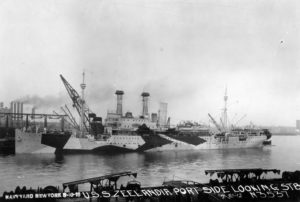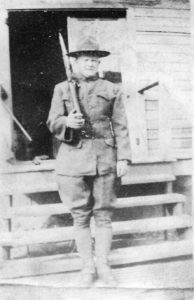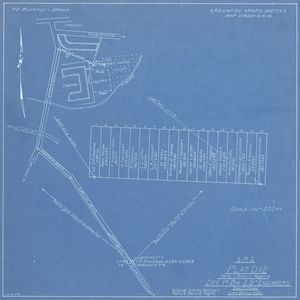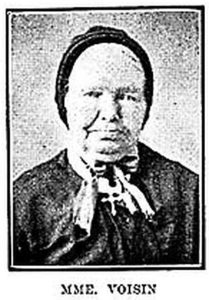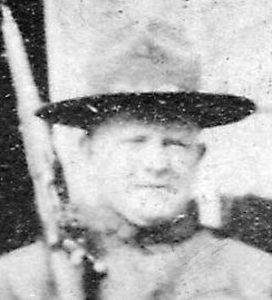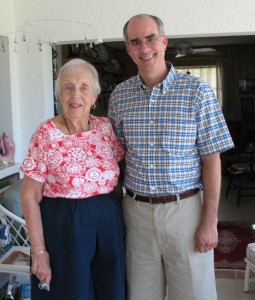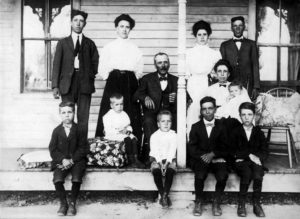
The childhood of my great-grandfather, Joseph Voisin (1855-1916), remained a stubborn mystery after many years of genealogy research. In other essays I described the known facts and many hypotheses. I explored genetic genealogy and used DNA testing to identify numerous distant cousins. However the lack of traditional genealogical evidence like birth, marriage, and census records did not shed light on Joseph’s birth or who his parents were.
Until now. While analyzing my DNA test results, I noticed several distant matches who did not fit my known family tree. I had to determine their lineages based on scant information. Next I found matches we shared in common and I determined their lineages too. I began to identify more and more distant cousins who descend from one man, Theobald Koebel.1

- Archives Départementles du Bas-Rhin (https://archives.bas-rhin.fr/) Oberseebach – Etat civil – Registre de naissances 1830 – 4 E 351/3, Catherine Koebel, # 1663, Image 18 of 23, (https://archives.bas-rhin.fr/detail-document/ETAT-CIVIL-C595-P1-R208956#visio/page:ETAT-CIVIL-C595-P1-R208956-2284439 : downloaded 25 May 2023). Signature of Theobald Koebel from his daughter Catherine’s birth record.

